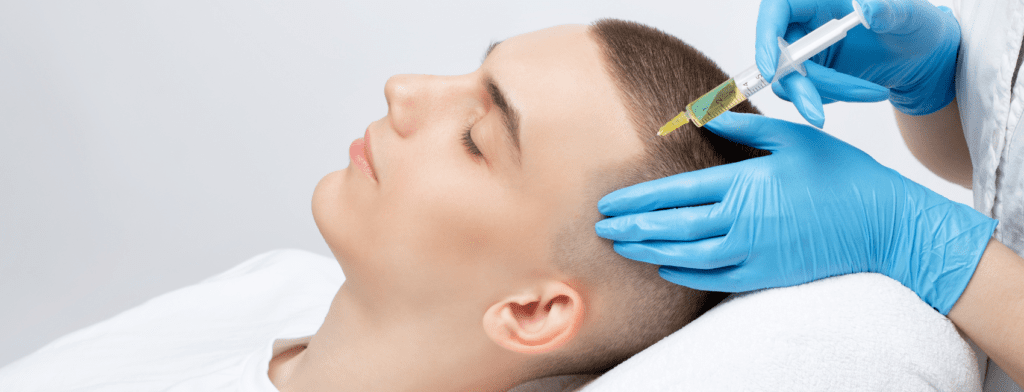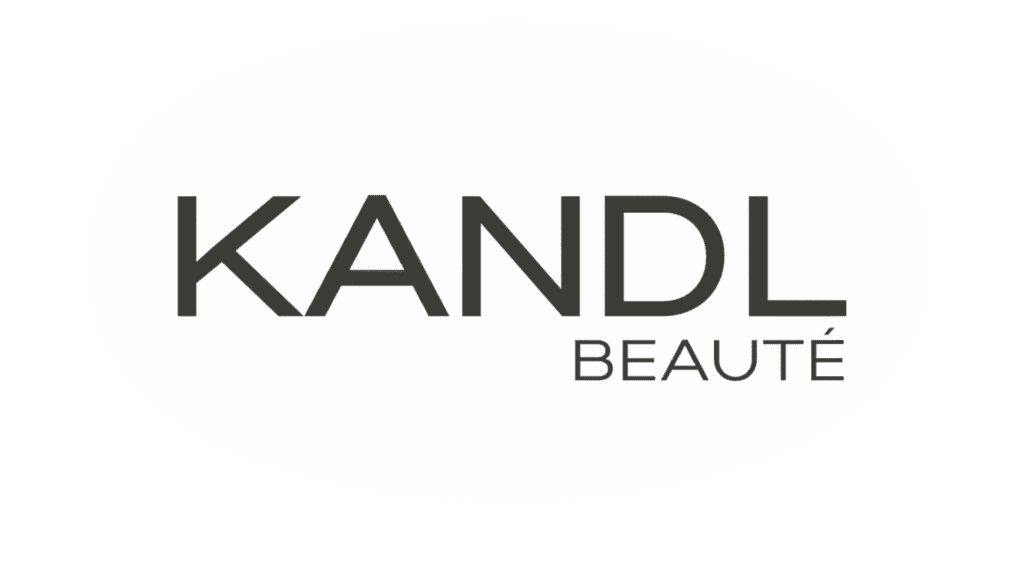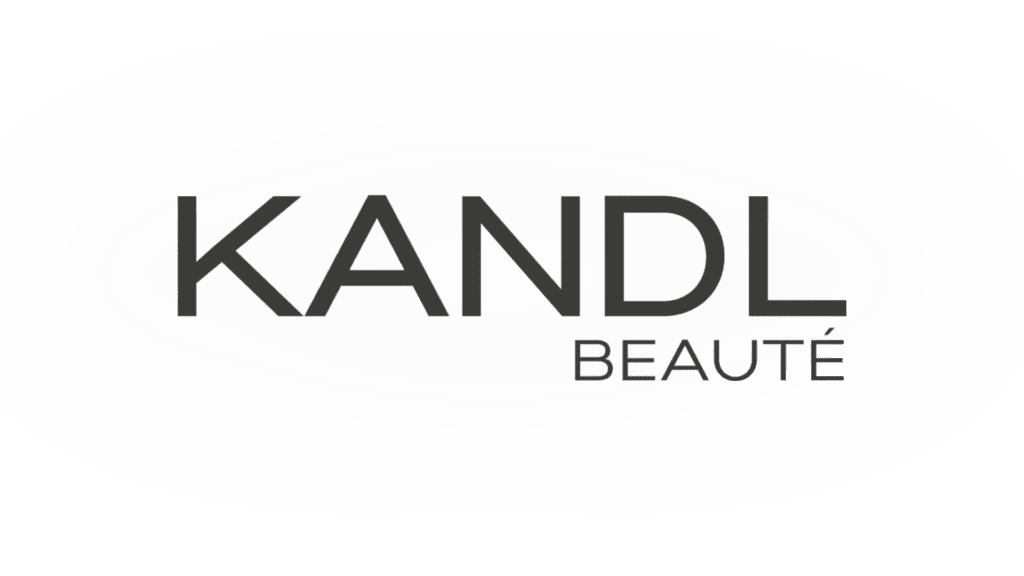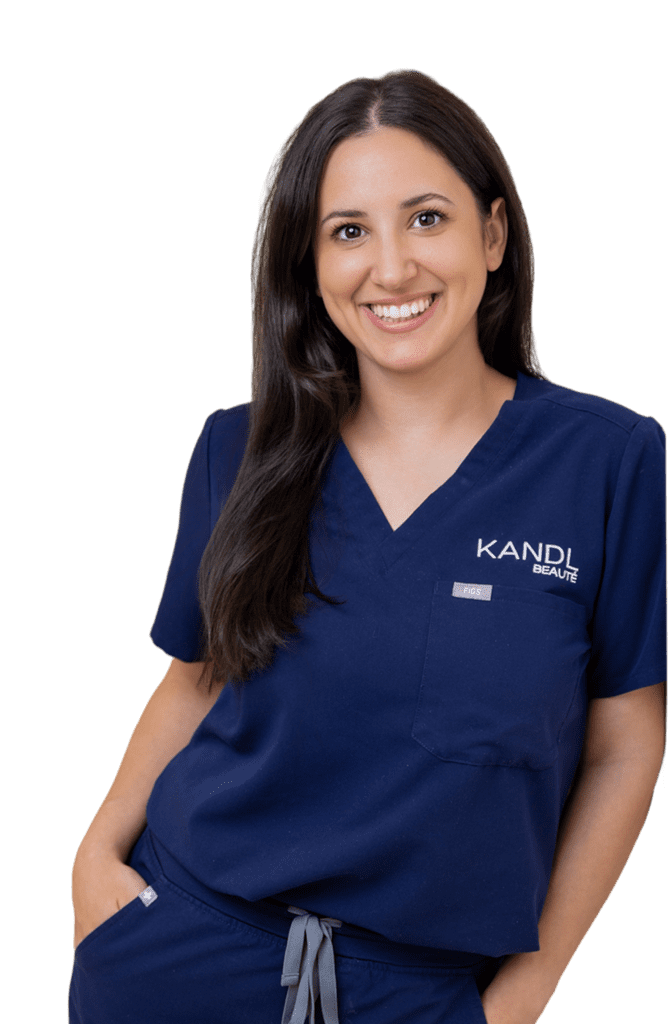By Joy

I’ll be honest: the first time someone told me they were getting their face injected with their own blood, I raised an eyebrow. Or both. But then I saw the results. And then I saw everyone else doing it. Celebrities, dermatologists, your neighbour who now looks ten years younger and suddenly glows like she’s been drinking unicorn water. That’s when I decided to take PRP seriously.
So let’s break it down what PRP is, how it works, and why it might be the best thing you haven’t tried yet.
What Is PRP? (And No, It’s Not Vampire Stuff)
PRP stands for Platelet-Rich Plasma. It’s a concentrated form of your own blood that’s been spun in a centrifuge to separate the golden elixir platelets and growth factors from everything else.
Once isolated, this plasma is either microneedled or injected back into your skin. It sounds very sci-fi but is actually very natural. No foreign substances, no filler, just you… recycled, refined, and reinjected.
And while it’s earned nicknames like the “Vampire Facial,” there’s nothing creepy about it unless you count how creepy-good your skin starts to look a few weeks later.
What About PRP for Hair?
PRP isn’t just for glowing skin. It’s also one of the most promising natural options for hair restoration. By injecting platelet-rich plasma into the scalp, we can stimulate dormant follicles and encourage stronger, healthier hair growth. It works best for people experiencing thinning rather than complete loss, and results tend to appear gradually over a few months. Patients often notice less shedding and thicker, fuller strands where hair had started to thin out. It’s not a miracle cure, but it’s a solid, science-backed way to boost your own hair growth without surgery or harsh medications.
Benefits of PRP for Skin and Hair?
Let’s be realistic. PRP isn’t magic, but it’s definitely science working in your favour. Here’s what we’re seeing:
- Improved skin texture and tone: Great for dull, tired skin that needs a reset.
- Boost in collagen production: Translation? Firmer, more elastic skin over time.
- Reduced fine lines: Especially those annoying little lines that show up before you’re ready.
- Help with under-eye crepiness and dark circles: One of the only things that truly helps this delicate area.
- Acne scar softening: Not an eraser, but a good start.
- Hair restoration: Yes, even your scalp can benefit. And no, it’s not just for men.
Think of PRP as a signal booster it tells your body, “Hey, time to repair and refresh over here.” And it listens.
Who’s a Good Candidate for PRP?
Honestly? Most people. If you have skin, chances are you’re a candidate.
PRP works best if you’re noticing early signs of aging, have uneven skin texture, or want a natural approach to rejuvenation. It’s also ideal if you’re not quite ready for injectables or you want to enhance the results of other treatments like laser or microneedling.
It’s not for everyone though if you have certain blood disorders or are pregnant, it’s best to sit this one out.
PRP Treatment: Process and Aftercare
First, we take a small amount of your blood (like a regular blood test). Then we spin it to separate out the good stuff. After that, the PRP is either injected directly into specific areas (under eyes, acne scars, hairline) or microneedled into the entire face.
It’s not painless, but it’s tolerable. Think more “weird pressure” than “ouch.” Most people are in and out in under an hour.
Post-treatment, you might look pink or a little puffy for a day or two. Nothing dramatic. By day three or four, people start asking if you’ve been sleeping better or if you changed your skincare routine. You’ll want to say, “Nope. Just had a little blood therapy.”
How Many Sessions Do You Need?
This depends on what you’re treating. For general skin health and glow, one session every 6 to 12 months can do wonders. For specific concerns like under-eye hollows or hair thinning, you might start with a series of three spaced about a month apart.
Maintenance is key. PRP doesn’t freeze your face or plump it up overnight it builds gradually, naturally. Think marathon, not sprint.
PRP vs. Fillers and Botox: What’s the Difference?
They’re not competitors, they’re just playing different positions on the same team.
- Botox freezes muscles to smooth out dynamic wrinkles.
- Fillers restore lost volume.
- PRP encourages your body to regenerate and improve skin quality.
Many of our patients use all three, but if you’re looking for something natural and regenerative, PRP is the MVP.
Final Thoughts: Is PRP Worth It?
If you’re looking for a natural, science-backed treatment that helps your skin behave like it did five years ago yes. It’s not a gimmick. It’s not hype. It’s your own body doing what it does best, just with a little nudge.
And in a world full of complicated skincare routines, ten-step serums, and filters we all pretend not to use, PRP is refreshingly simple: use what you’ve already got to get what you want.
Now that’s smart skincare.
Curious if PRP is right for you?
Book a consultation. We’ll walk you through your options. No pressure, just personalized care.





